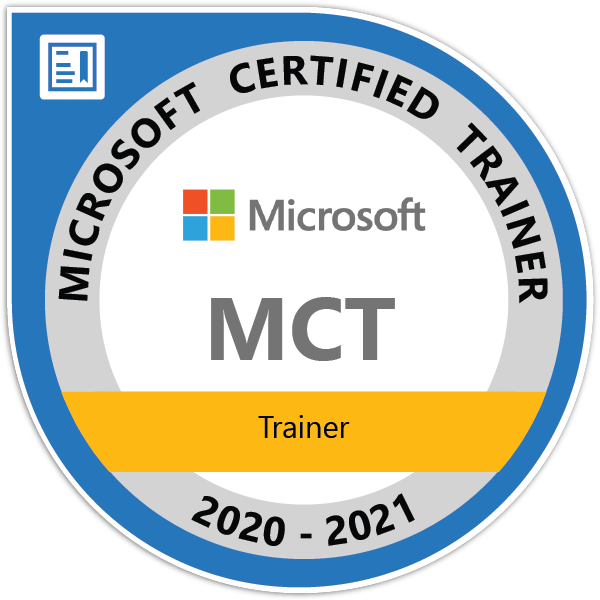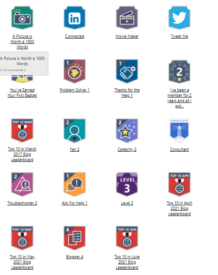Working with Goals in Dynamics 365 Customer Engagement
Goals are very important part to any organization, as they can be used for compensation, bonuses, or even advancement within an organization. Dynamics 365 provides the ability to define and work with goals.
Some examples of goals might include:
- A salesperson might have targets for a certain amount of ‘won’ opportunities where ‘in-progress’ and ‘won’ opportunities are tracked against the target value. For example, if John’s goal is 25 ‘won’ opportunities this month, Microsoft Dynamics 365 would track all of the open opportunities currently assigned to John (in-progress) and all of his opportunities that were closed as ‘won’ (actual) and apply it to his goal.
- A Customer service rep might have targets for a certain amount of ‘resolved’ cases where ‘in-progress’ and ‘resolved’ cases are tracked against the target value. For example, Mark’s goal is to “resolve” 400 cases this month, Microsoft Dynamics 365 would track all the open cases currently assigned to him (in-progress) and all of his cases that were closed as ‘resolved’ (actual) and apply it to his goal.
- A sales department has an overall goal, which is a parent goal of each sale person’s individual goal. Parent goals can be calculated as a “rollup” of its child goals. For example, Connie and Alan are both sale representatives with their own individual goals. If Connie’s sales team consists of her, Alan, and Don and their team goal is to sell $10,000 worth of products within the next month, that is the parent goal of all of their individual goals combined.
- Goal targets for activity record types, such as followed-up phone calls or appointments booked, and then compared against completed activities.
Concepts
Goals are generally much more specific than goal metrics. They are defined for a specific user or team. When a goal is created, it’s always based on a specific goal metric, and the specific time period that you want to track the progress for is also defined.
Additionally, goal records have three numeric values which can be used together to track progress against goals.
- Target – Entered manually.
- Actual – Calculated and defined by the Actual Rollup field specified in the underlying goal metric.
- In-Progress – Calculated and defined by the In-Progress Rollup field specified in the underlying goal metric.
Out-of-the-box, Microsoft Dynamics 365 for Sales includes three pre-defined goal metric records to base goals on and to view as examples of how to configure goal metrics. These are:
- No. of Cases – Create goals for the number of service management cases resolved in a time period.
- No. of Product Units – Create goals for the quantity of opportunity products included in open or won opportunities in a time period.
- Revenue – Create sales goals, defined in terms of open and won opportunities for a time period.
Watch the video to understand how we setup goals in Dynamics 365.
Do not forget to Subscribe my YouTube Channel For more videos.











